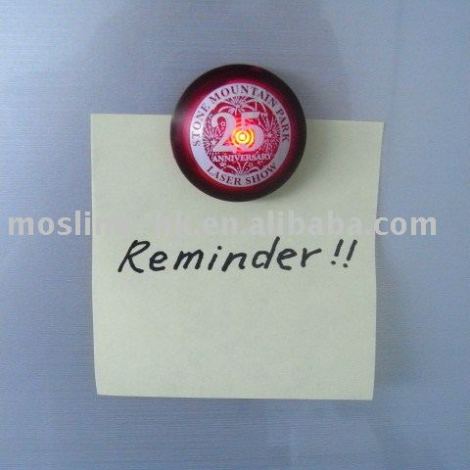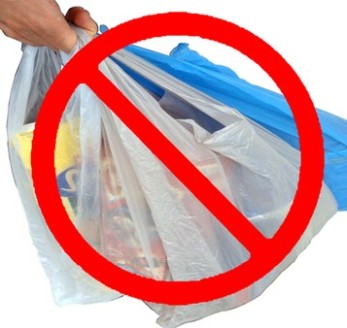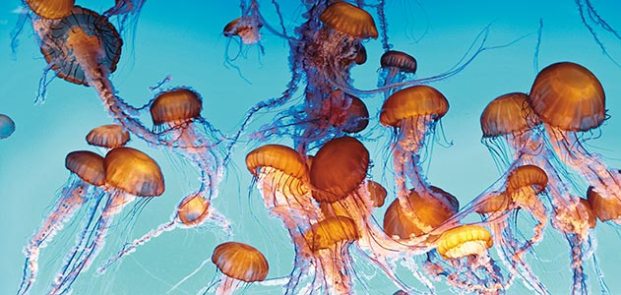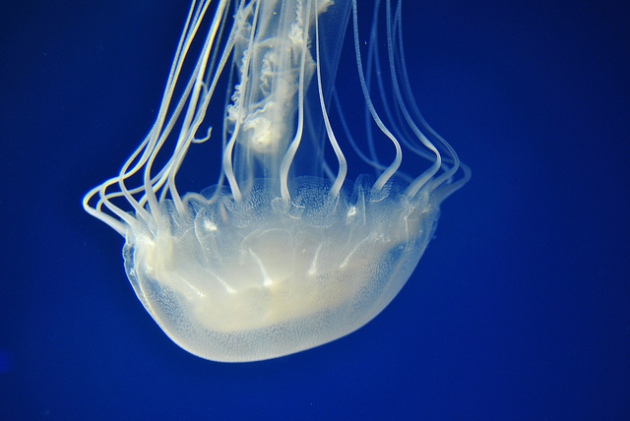Rubrics: What Are They Good For?
Barbara E. Walvoord, Ph.D.
Professor Emerita, University of Notre Dame
Mailing address: 130 Woodcock Rd., Williamstown, MA 01267. E-mail:
http://www.neasc.org/downloads/walvoord_plenary_handout.pdf
Generic Rubric for Writing in Multiple Disciplines
| Categories and Criteria | 5Few or no weak-nesses found;
writer satisfied the criteria with distinction
|
4Strengths outweigh the weaknesses; writer shows sound understanding of criteria
|
3Strengths and weaknesses are about equal; writer shows awareness of criteria
|
2Weaknesses outweigh strengths; writer shows limited understanding
of criteria
|
1Weaknesses far outweigh strengths; writer does not show understanding of criteria
|
| 1.CONTENT | |||||
| a.The paper fulfills the assignmentand addresses its audience’s needs.
|
|||||
| b.Supporting evidence isdeveloped and analyzed sufficiently.
|
|||||
| c.The thesis is clear. | |||||
| d.Sources are appropriatelydocumented.
|
|||||
| II.ORGANIZATION/STRUCTURE
|
|||||
| a.Introduction is fully developedand leads smoothly to thesis.
|
|||||
| b.Body paragraphs use topicsentences effectively.
|
|||||
| c.Paper is unified in relation tothesis.
|
Ho institution current.4
| Categories and Criteria | 5Few or no weak-nesses found;
writer satisfied the criteria with distinction
|
4Strengths outweigh the weaknesses; writer shows sound understanding of criteria
|
3Strengths and weaknesses are about equal; writer shows awareness of criteria
|
2Weaknesses outweigh strengths; writer shows limited understanding
of criteria
|
1Weaknesses far outweigh strengths; writer does not show understanding of criteria
|
| d.Conclusion provides insightfulclosure
|
|||||
| III.WRITING STYLE/EXPRESSION
|
|||||
| a.Vocabulary and tone areappropriate to the assignment.
|
|||||
| b.The meaning of the sentences isclear.
|
|||||
| c.Sentence structure is varied. | |||||
| d.Transitions create smooth flowof ideas.
|
|||||
| IV.GRAMMAR/ MECHANICS | |||||
| a.Sentences are grammaticallycorrect.
|
|||||
| b.Punctuation is correct. | |||||
| c.Spelling is correct (e.g.homonyms used correctly).
|
|||||
| d.Paper format is correct. |
Ho institution current.4
10
| Categories and Criteria | 5Few or no weak-nesses found;
writer satisfied the criteria with distinction
|
4Strengths outweigh the weaknesses; writer shows sound understanding of criteria
|
3Strengths and weaknesses are about equal; writer shows awareness of criteria
|
2Weaknesses outweigh strengths; writer shows limited understanding
of criteria
|
1Weaknesses far outweigh strengths; writer does not show understanding of criteria
|
| COLUMN TOTAL |
Procedure:
Faculty committee developed the rubric.
Same committee, plus additional faculty, after a training session, scored a sample of student work.
Used rubric scores to address three questions:
1. How well are our students doing?
a. Each rubric item was awarded points. Points for each paper were totaled.
b. Report showed the percentage of student work that received at least 70 points.
2. What factors make a difference in their writing competency?
a. Report showed that 65% of students who had taken gen ed comp and lit courses met the 70% benchmark, while only 40% of students who had not taken those courses met the benchmark.
3. What are strengths and weaknesses?
a. Items with lowest average scores were identified.
b. Lowest scores were citing sources, avoiding plagiarism, integrating material from sources into their writing, and checking their work against instructor criteria.
Source: Anne Arundel Community College Case Study in Walvoord and Anderson,
Effective
Grading
, 2nd ed., Jossey-Bass, 2010, pp. 181-185.
For Generic Rubrics
developed within a national project by Association of American
Colleges and Universities, see Value Program
Ho institution current.4
11
9

















